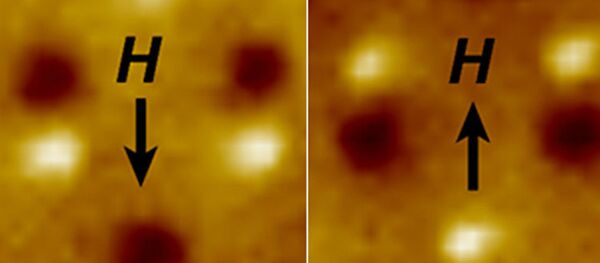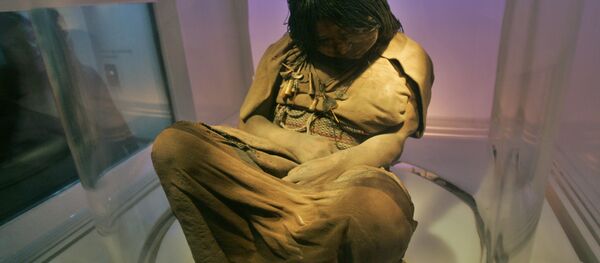A diode is a semiconducting electrical component, which allows current to flow in one direction but prevents its flow in the other direction.
The scientists took a single DNA molecule constructed from 11 base pairs and connected it to an electronic circuit only a few nanometers (a few billionths of a meter) in size.
After they inserted layers of a molecule called "coralyne," between the layers of DNA, the current flowing through the DNA was 15 times stronger for negative voltages than for positive voltages, the necessary feature of a diode.

"Our discovery can lead to progress in the design and construction of nanoscale electronic elements that are at least 1,000 times smaller than current components," he explained.
Xu said that the predictability, diversity and programmability of DNA makes it a leading candidate in the replacement of silicon-based chips, as scientists are pushing the physical limits of silicon by placing more and more computing power onto smaller and smaller chips.
"If silicon-based chips become much smaller, their performance will become unstable and unpredictable," he said.
Although the pace slowed last year according to Intel, the possibility of using DNA for the design of functional electronic devices using single molecules offers hope that advances in computer processing will continue.





